Ice. The Diamonds of Cuisine: Interview with Randy Finch, Ice Guru
 Thursday, June 27, 2013 at 3:11PM
Thursday, June 27, 2013 at 3:11PM  Elisabeth Veltman, The Tender Foodie tagged
Elisabeth Veltman, The Tender Foodie tagged  Steph Harding,
Steph Harding,  derek maxfield,
derek maxfield,  food network,
food network,  ice brigade,
ice brigade,  ice guru,
ice guru,  ice sculpture,
ice sculpture,  ice sculpture history,
ice sculpture history,  randy finch,
randy finch,  ripley's believe it or not
ripley's believe it or not  Email Article
Email Article  Print Article in
Print Article in  Celebrity Chefs,
Celebrity Chefs,  Food History,
Food History,  Holiday,
Holiday,  Throw a Party
Throw a Party 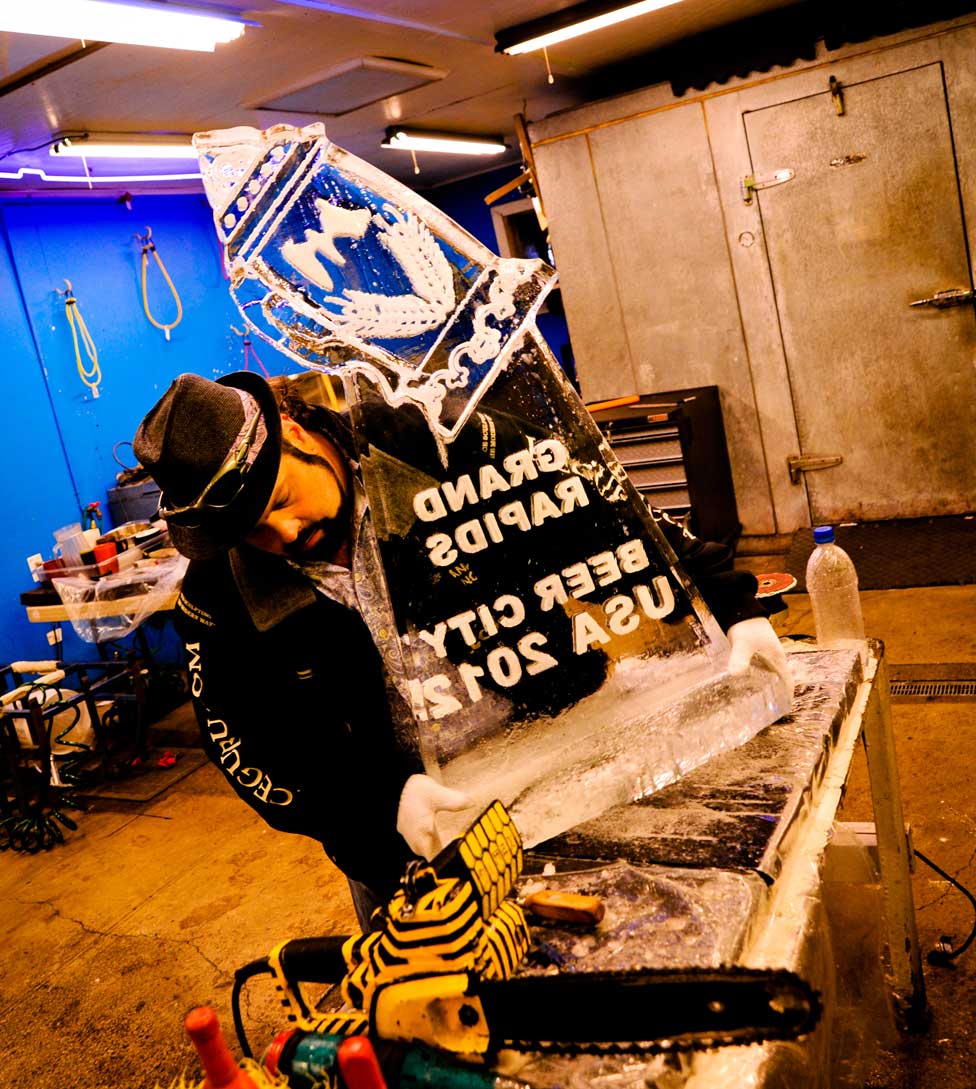 Randy Finch in a photograph by Steph Harding from 2012
Randy Finch in a photograph by Steph Harding from 2012
PHOTOGRAPHS BY STEPH HARDING
Interview by Elisabeth Veltman
Chef, artist, TV personality, and chainsaw genius, Randy Finch, along with his partner Derek Maxfield, have come to embody the words, “ice” and “art.” Their team has been featured on the Discovery Channel; are in “Ripley’s Believe it Or Not”, and were featured in a show called “Ice Brigade” on The Food Network. I had the privilege to catch Randy for a chat, and visit his very “cool” studio with Steph Harding, photographer, for a fun departure from our regularly scheduled subject matter (food allergies).
TENDERFOODIE: Ice sculpture has rather utilitarian roots didn’t it? But, within a century it became quite an elaborate art form. When did the art of ice sculpture really begin?
RANDY: The beginning is debatable. The first documented ice sculpture, was the famous ice palace of 1740, commissioned 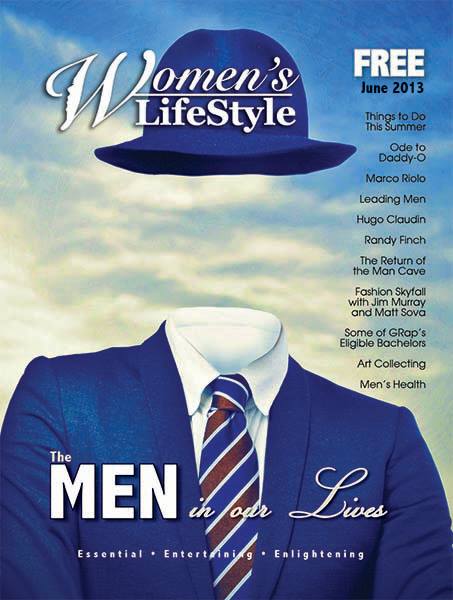 As seen in Women's Lifestyle Magazine, June 2013by Empress Anna Ivanovna of Russia. She had commissioned this palace and staged a mock wedding there.
As seen in Women's Lifestyle Magazine, June 2013by Empress Anna Ivanovna of Russia. She had commissioned this palace and staged a mock wedding there.
TENDERFOODIE: I read about that! She forced some guy she was angry with to marry one of her servants, spend the entire night in the palace, and expected them to sleep on a bed made of pure ice.
RANDY: Yes! I actually have an original article about this from 1741. It was published in a gentleman’s magazine at the time. The palace was quite elaborate, with trees, birds, and an elephant all made of ice.
TENDERFOODIE: Wow. Tell us more about how ice sculpture has evolved since then.
RANDY: Mostly, ice was used to keep food cool on the table, and it evolved into art. This was a technique used in the creation of Peach Melba. In fact, they originally used ice swans to display that dessert.
TENDERFOODIE: Oh, Peach Melba! Created for the legendary opera singer, Nelly Melba, correct?
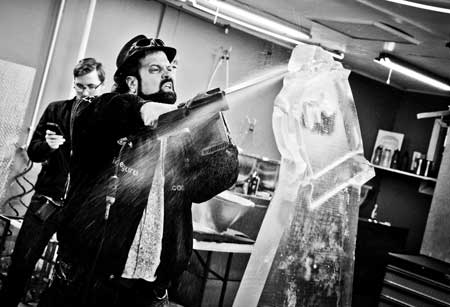
RANDY: That is correct. In the early 1900’s, ice chandeliers, fountains and elaborate sculptures became more common. The quality sagged off in the U.S. for a while, and now it is coming full circle, and more elaborate sculptures are once again becoming common.
TENDERFOODIE: Why the resurgence?
RANDY: People are looking for unique and different things today. Until recent years, it wasn’t just elaborate sculptures that took time; simple products did as well. For instance we used to hand produce little sorbet dishes made of ice, and each would cost at least $35. New technology allows us to make them more quickly and at much less cost. We were the first to use computerized equipment in the U.S. We started using it in Grand Rapids, MI, three months ahead of Las Vegas!
TENDERFOODIE: Seriously? How did this happen?
RANDY: We’ve been in the business for a long time and have many personal relationships in the ice business. We knew the guy who was making the equipment in Canada, and had first dibs.
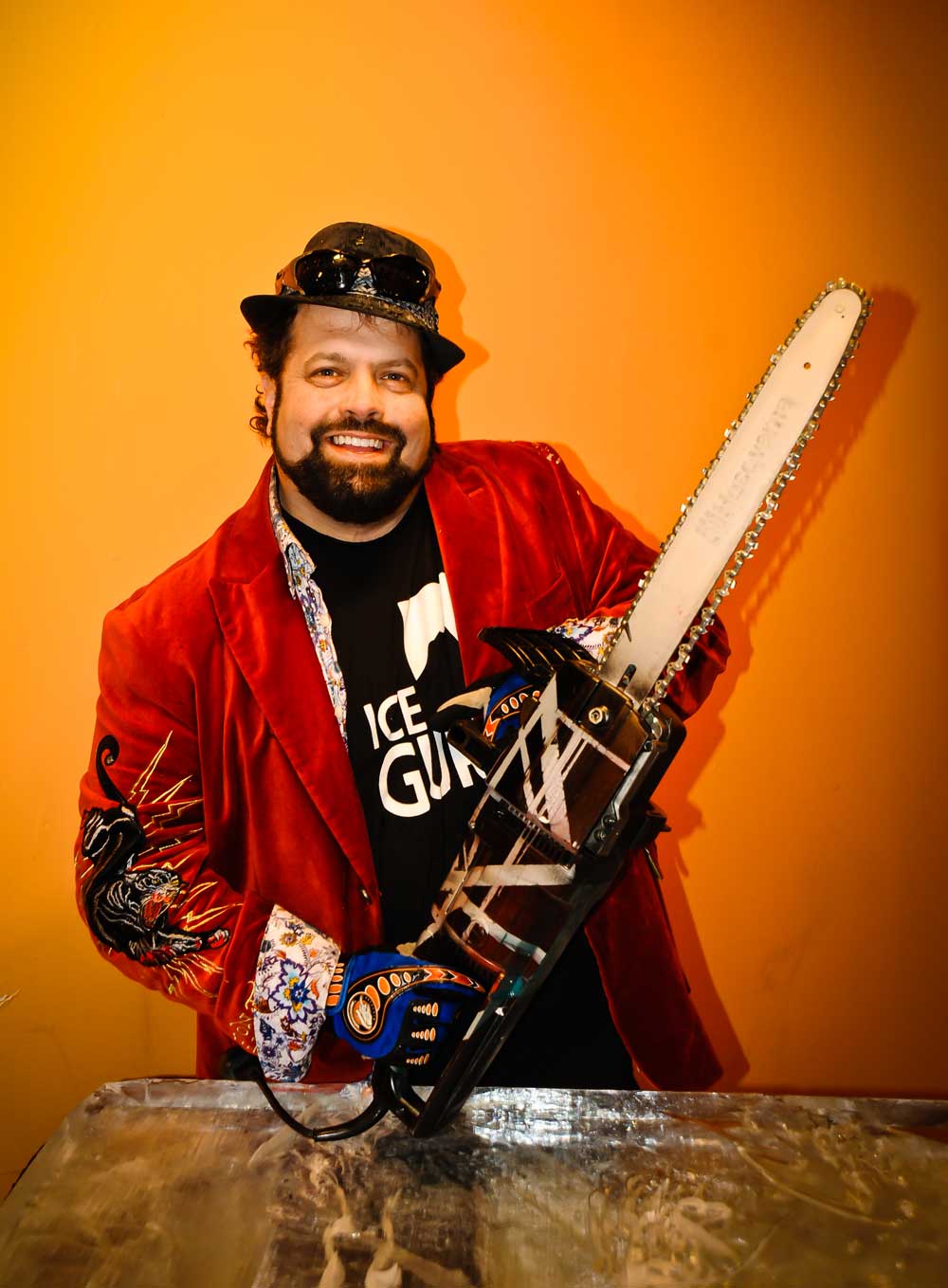
TENDERFOODIE: What other products come from this equipment?
RANDY: We can make large bins of ice that hold ice cream for parties, dishes, drink dispensers, and parts for drink luges where the party guest can interact with the sculpture. That is our niche: Interactive ice sculpture that is both functional and beautiful.
TENDERFOODIE: I saw a video of the ice desk that you did, and oh that grand piano that actually plays, and the pool table! What other interactive sculptures do you do?
RANDY: The desk was for a Food Network executive. That was really fun. One of the most outrageous projects was a 30-foot long mousetrap game that included a double, fully functional Ferris wheel, and a cannon that lights up and fires. It is based upon the concept of Rube Goldberg, an artist that did drawings of very elaborate ways of doing the simplest things. We did the Mousetrap game for a show called “Recreation Nation” on the Discovery Channel.
TENDERFOODIE: I saw your mousetrap sculpture on YouTube. Truly amazing. Is this your favorite project?
RANDY: The double Ferris wheel is nearest and dearest to my heart. It actually made it into Ripley’s Believe It Or Not. But other than that, the next project is always my favorite, whatever the next project might be. We recently did a 32-foot ice dessert bar and a live performance. We created an ice motorcycle with live pyrotechnics coming from the tail pipe right on stage. We are doing a lot more live performance shows as well. We love doing them.
TENDERFOODIE: You are a chef, and artist, and you must be an engineer of sorts to do what you do. How did you go from chef to an ice sculptor wielding a chain saw?
RANDY: Well, I also studied architecture, and we are known for our power tools. In fact we often choose the chainsaw or drill, even if a chisel is easier! But I did start out as a chef. I went to culinary school and worked as a private chef for Jay Van Andel for quite some time. I was the chef at Cygnus and for Peter Island Resort. My culinary training helps make for great relationships with chefs. I know how to design for any food without being taught. If the chef wants a caviar station, then I know we also need to accommodate blini, and how to design any sculpture so that it works for whatever food creation the chef can dream up.
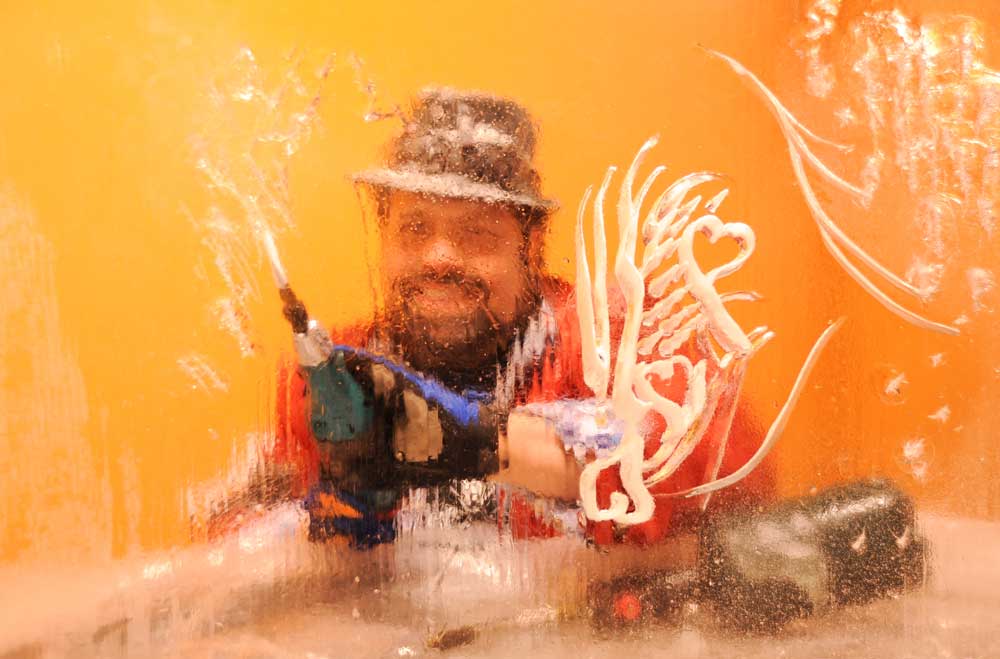
TENDERFOODIE: What does an ice sculptor do in the summer?
RANDY: One of the biggest things we do in summer is sell our scrap ice, because it melts so much more slowly than regular cubed ice. Fishermen and tailgaters drop off their coolers on Monday, and pick them up on Friday for the weekend. As we do weddings and graduation sculptures, we throw the extra into their coolers. We are also doing sculpture for Kid Rock backstage.
TENDERFOODIE: Tell me, ice & cold are rather counter-intuitive symbols of romance. Why do you think it has come to be so closely connected with celebrations and love?
RANDY: There is a simple elegance to ice. It is artistic. Art and romance have always gone together. Ice sculpture is created for one, single event. It’s just for you. Ice swans, for instance, are typical sculptures for weddings because they mate for life. Ice is sensuous. It has clarity and a slickness. Like a diamond, the light gives the sculpture a life of its own. Like life itself, the ice sculpture transforms the entire time it exists. That’s why people love it and that’s why I love working with it.
See more about Randy and his team...
About Elisabeth
 Owner of Blue Pearl Strategies, Elisabeth is also The Tender Foodie. She started this blog and The Tender Palate, to help those food allergies and sensitivities.
Owner of Blue Pearl Strategies, Elisabeth is also The Tender Foodie. She started this blog and The Tender Palate, to help those food allergies and sensitivities.

